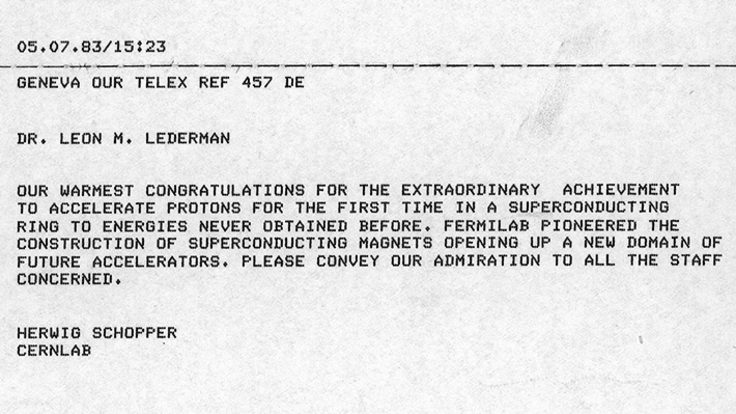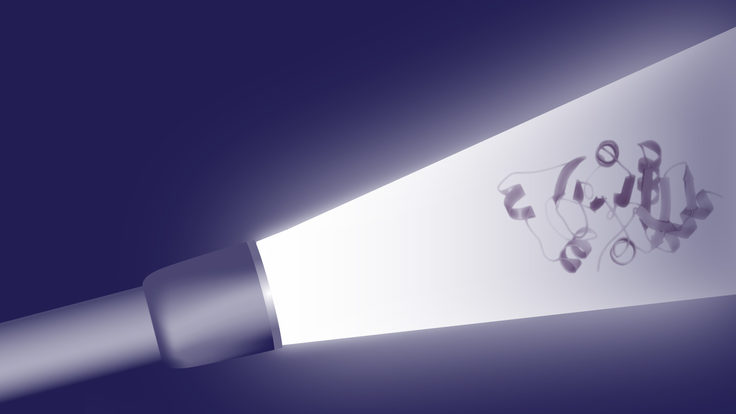Asian particle physics
Asian particle and accelerator physics has always been strong but hasn't always received the attention it warrants in the United States. Collaboration between Asian countries and the United States is increasing and many new programs and facilities will build more partnerships.





